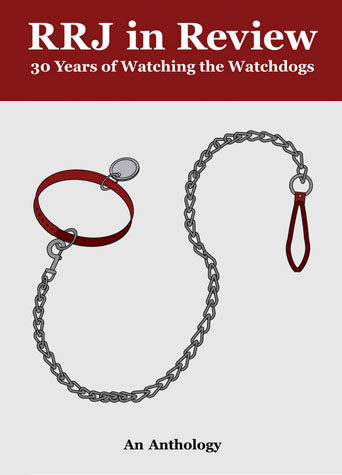Highway of Tears Revisited
Since 1969, 18 women have died or disappeared along a notorious B.C. road. So why is intense, investigative coverage fading along with them?
Travelling west on Yellowhead Highway 16, Vancouver Sun reporter Neal Hall took in the loneliness of the road, especially desolate in 23-below December weather. The isolated landscape was beautiful as the sun climbed and dipped, blushing the tips of the mountains in pink hues. After driving for an hour or more and not glimpsing a house, he thought, “This is the perfect place, if somebody were hitchhiking, to pick them up, kill them and ditch them somewhere in the bush.”
Hall steered his rented SUV toward Prince Rupert, B.C., some 750 kilometres northwest of Vancouver. He wanted to see the spot where Tamara Chipman was last seen hitchhiking before disappearing on September 21, 2005. Now, months later, Hall’s editor had sent him to drive Highway 16, known as the Highway of Tears. The 3,500-kilometre highway begins its mainland stretch in Prince Rupert, curves north toward Terrace, dips down and heads east to Prince George before snaking through Alberta, Saskatchewan and ending in Macdonald, Manitoba. The RCMP had been actively investigating cases involving 18 teenage girls and young women who had been murdered or gone missing since 1969 along the 720-kilometre stretch linking Prince Rupert and Prince George.
Hall had plenty of experience covering such investigations, having worked the crime beat at the Sun since 1986, including reporting the trial of serial killer Clifford Olson. On this trip, he spent three days talking with Chipman’s family, volunteer searchers, a criminology professor at Northwest Community College in Terrace, locals and RCMP officer Fred Maile, who had helped solve the Olson case. Hall’s resulting 2,700-word feature focused on community concerns as well as the family’s agonizing search for something that belonged to their daughter—a piece of clothing, jewellery—that might lead to her discovery. He says he couldn’t have conveyed that detail if he had not driven the highway. “You can’t describe it unless you experience it first-hand. It’s invaluable to impart to your reader.”
But these types of assignments, once standard in print newsrooms, are now rare, victims in another way—of tight budgets, staff cutbacks and tiny travel funds. As a result, reporters and editors must find new ways of keeping this story alive, which now goes back 41 years, includes 13 recovered bodies and five disappearances, yet no murder charges. Print journalists have faced allegations of apathetic coverage and even racism—more than half the women were native—by victims’ families, aboriginal activists and native women’s organizations. They claim the media assign a lesser value to aboriginal women; scant coverage over the years is proof. Many reporters reject this, laying blame, instead, on resources and time constraints, which force them to develop new tactics to keep these cold cases hot.
The earliest case included in the RCMP’s investigation, Project E-Pana, is that of Gloria Moody, 27, whose body was found beaten and sexually assaulted off the highway in October 1969. By 1974, five more women and teenage girls thought to be hitchhiking were found dead on or near Highway 16. The media paid little attention, even after the town of Terrace held a vigil in 1998, dubbed “Highway of Tears.” The Province, the first major paper to pick up on the title, did not mention it in a news story until 2000. It took another five years for the RCMP to launch Project E-Pana, a homicide unit with a mandate to investigate commonalities between victims’ files and determine if a serial killer was responsible. Meanwhile, the list of cases swelled to nine names, then doubled to 18 in 2007, when the RCMP added similar unsolved cases that had occurred along highways 5 and 97, which intersect with Highway 16.
Given the slow and sporadic media coverage, many have argued that more tears have been spilt on this highway than ink devoted to the story. Journalists, claim critics, only react when a new body is discovered or a police search conducted. The latter took place last August and resulted in a fresh slew of coverage. Over the years, the highway and the women intrinsically linked to it fade in and out of public attention.
To read the rest of this story, please see our ebook anthology: RRJ in Review: 30 Years of Watching the Watchdogs.
It can be purchased online here.
Related Posts
Adriana Rolston was the Director of Circulation and Advertising for the Summer 2010 issue of the Ryerson Review of Journalism.










































